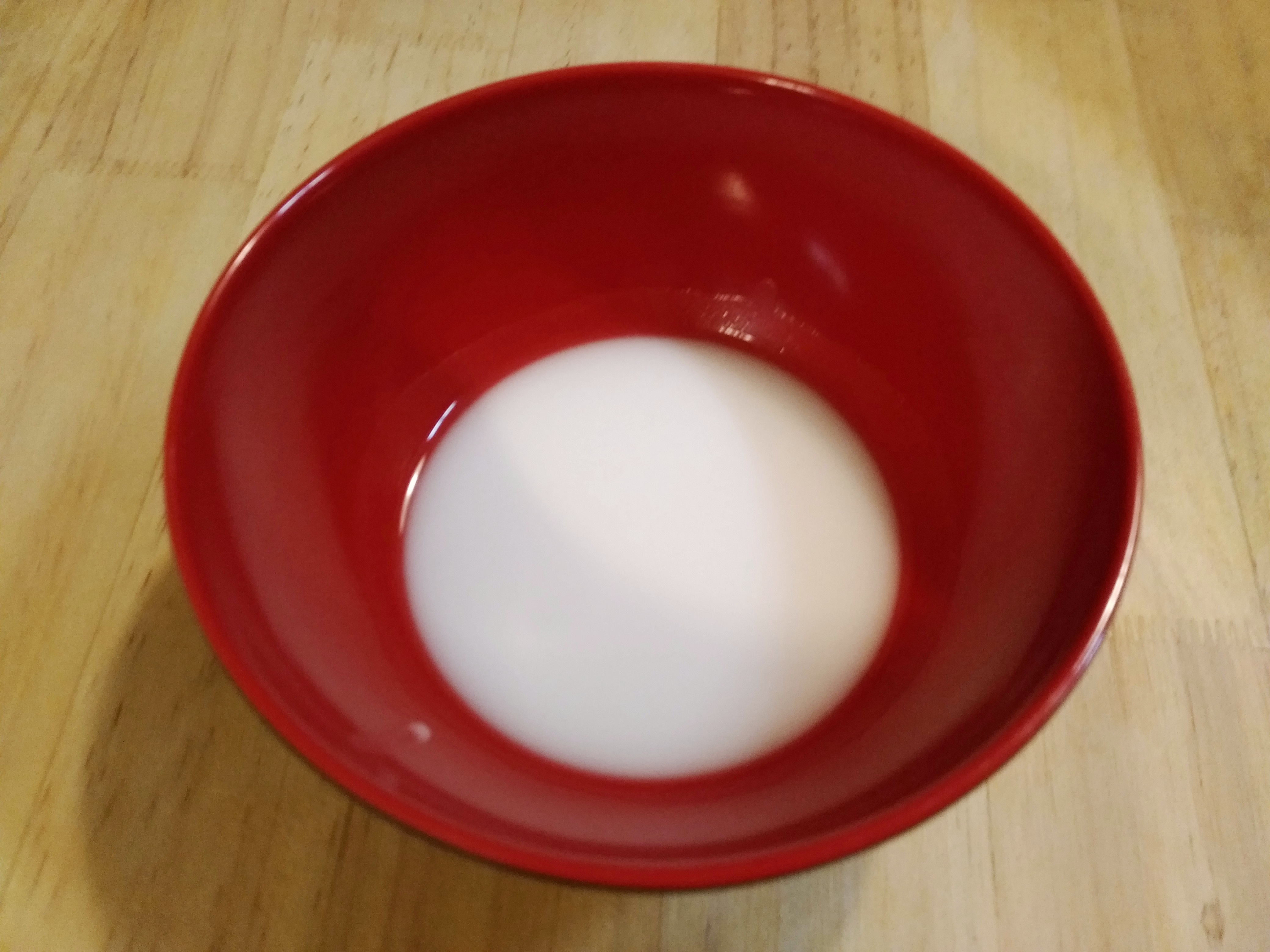|
Russian Cheese
Russian cheese () is a Russian semi-hard, chymosin cheese produced from pasteurized cows' milk and aged for 2 months. The recipe was developed by in Uglich, Yaroslavl Oblast, Russian SFSR in the 1960s. There is a ''Сыр Российский'' (''Syr Rossiysky'') brand which does not have exclusivity rights, and a large number of factories in Russia and other post-Soviet states produces the cheese. Ingredients It is produced from pasteurized milk with chymosin fermenter and a starter of mesophilic bacteria, as well as salt, calcium chloride ( thickener), and the natural colorant annatto (if the cheese is produced in the winter). The cheese is semi-hard with a fat content of 50 ±1.6%, yellow, and small holes can be seen when cut. It tastes slightly sour. See also * List of cheeses This is a list of cheeses by place of origin. Cheese is a milk-based food that is produced in wide-ranging flavors, textures, and forms. Hundreds of types of cheese from various cou ... [...More Info...] [...Related Items...] OR: [Wikipedia] [Google] [Baidu] |
Russian SFSR
The Russian Soviet Federative Socialist Republic (Russian SFSR or RSFSR), previously known as the Russian Socialist Federative Soviet Republic and the Russian Soviet Republic, and unofficially as Soviet Russia,Declaration of Rights of the laboring and exploited people, article I. was a socialist state from 1917 to 1922, and afterwards the largest and most populous constituent republic of the Soviet Union (USSR) from 1922 to 1991, until becoming a sovereign part of the Soviet Union with priority of Russian laws over Union-level legislation in 1990 and 1991, the last two years of the existence of the USSR.The Free Dictionary Russian Soviet Federated Socialist Republic . Encyclopedia2.thefreedictionary.com. Retrieved on 22 June 2011. The Russ ... [...More Info...] [...Related Items...] OR: [Wikipedia] [Google] [Baidu] |
Post-Soviet States
The post-Soviet states, also referred to as the former Soviet Union or the former Soviet republics, are the independent sovereign states that emerged/re-emerged from the dissolution of the Soviet Union in 1991. Prior to their independence, they existed as Republics of the Soviet Union, Union Republics, which were the top-level constituents of the Soviet Union. There are 15 post-Soviet states in total: Armenia, Azerbaijan, Belarus, Estonia, Georgia (country), Georgia, Kazakhstan, Kyrgyzstan, Latvia, Lithuania, Moldova, Russia, Tajikistan, Turkmenistan, Ukraine, and Uzbekistan. Each of these countries succeeded their respective Union Republics: the Armenian Soviet Socialist Republic, Armenian SSR, the Azerbaijan Soviet Socialist Republic, Azerbaijan SSR, the Byelorussian Soviet Socialist Republic, Byelorussian SSR, the Estonian Soviet Socialist Republic, Estonian SSR, the Georgian Soviet Socialist Republic, Georgian SSR, the Kazakh Soviet Socialist Republic, Kazakh SSR, the Kirghiz ... [...More Info...] [...Related Items...] OR: [Wikipedia] [Google] [Baidu] |
Cow's-milk Cheeses
Milk is a white liquid food produced by the mammary glands of lactating mammals. It is the primary source of nutrition for young mammals (including breastfed human infants) before they are able to digest solid food. Milk contains many nutrients, including calcium and protein, as well as lactose and saturated fat; the enzyme lactase is needed to break down lactose. Immune factors and immune-modulating components in milk contribute to milk immunity. The first milk, which is called colostrum, contains antibodies and immune-modulating components that strengthen the immune system against many diseases. As an agricultural product, milk is collected from farm animals, mostly cattle, on a dairy. It is used by humans as a drink and as the base ingredient for dairy products. The US CDC recommends that children over the age of 12 months (the minimum age to stop giving breast milk or formula) should have two servings of milk products a day, and more than six billion people ... [...More Info...] [...Related Items...] OR: [Wikipedia] [Google] [Baidu] |
Russian Cheeses
Russian(s) may refer to: *Russians (), an ethnic group of the East Slavic peoples, primarily living in Russia and neighboring countries *A citizen of Russia *Russian language, the most widely spoken of the Slavic languages *''The Russians'', a book by Hedrick Smith *Russian (comics), fictional Marvel Comics supervillain from ''The Punisher'' series *Russian (solitaire), a card game * "Russians" (song), from the album ''The Dream of the Blue Turtles'' by Sting *"Russian", from the album ''Tubular Bells 2003'' by Mike Oldfield *"Russian", from the album '' '' by Caravan Palace *Nik Russian, the perpetrator of a con committed in 2002 See also * *Russia (other) *Rus (other) *Rossiysky (other) *Russian River (other) *Rushen (other) Rushen may refer to: Places * Rushen, formally Kirk Christ Rushen, a historic parish of the Isle of Man ** Rushen (constituency), a House of Keys constituency of which the parish forms part ** Rushen (sheading ... [...More Info...] [...Related Items...] OR: [Wikipedia] [Google] [Baidu] |
List Of Cheeses
This is a list of cheeses by place of origin. Cheese is a milk-based food that is produced in wide-ranging flavors, textures, and forms. Hundreds of types of cheese from various countries are produced. Their styles, textures and flavors depend on the origin of the milk (including the animal's diet), whether they have been pasteurized, the butterfat content, the bacteria and mold, the processing, and aging. Herbs, spices, or wood smoke may be used as flavoring agents. The yellow to red color of many cheeses, such as Red Leicester, is normally formed from adding annatto. While most current varieties of cheese may be traced to a particular locale, or culture, within a single country, some have a more diffuse origin, and cannot be considered to have originated in a particular place, but are associated with a whole region, such as queso blanco in Latin America. Cheese is an ancient food whose origins predate recorded history. There is no conclusive evidence indicating wh ... [...More Info...] [...Related Items...] OR: [Wikipedia] [Google] [Baidu] |
Annatto
Annatto ( or ) is an orange-red condiment and food coloring derived from the seeds of the achiote tree (''Bixa orellana''), native to tropics, tropical parts of the Americas. It is often used to impart a yellow to red-orange color to foods, but sometimes also for its flavor and aroma. Its scent is described as "slightly peppery with a hint of nutmeg" and its flavor as "slightly nutty, sweet, and peppery". The color of annatto comes from various carotenoid pigments, mainly bixin and norbixin, found in the reddish waxy coating of the seeds. The condiment is typically prepared by grinding the seeds to a powder or paste. Similar effects can be obtained by extracting some of the color and flavor principles from the seeds with hot water, oil, or lard, which are then added to the food. Annatto and its extracts are now widely used in an artisanal or industrial scale as a coloring agent in many processed food products, such as cheeses, spread (food), dairy spreads, butter and margarine, ... [...More Info...] [...Related Items...] OR: [Wikipedia] [Google] [Baidu] |
Thickener
A thickening agent or thickener is a substance which can increase the viscosity of a liquid without substantially changing its other properties. Edible thickeners are commonly used to thicken sauces, soups, and puddings without altering their taste; thickeners are also used in paints, inks, explosives, and cosmetics. Thickeners may also improve the suspension of other ingredients or emulsions which increases the stability of the product. Thickening agents are often regulated as food additives and as cosmetics and personal hygiene product ingredients. Some thickening agents are gelling agents (gellants), forming a gel, dissolving in the liquid phase as a colloid mixture that forms a weakly cohesive internal structure. Others act as mechanical thixotropic additives with discrete particles adhering or interlocking to resist strain. Thickening agents can also be used when a medical condition such as dysphagia causes difficulty in swallowing. Some of these people may benefit ... [...More Info...] [...Related Items...] OR: [Wikipedia] [Google] [Baidu] |
Calcium Chloride
Calcium chloride is an inorganic compound, a Salt (chemistry), salt with the chemical formula . It is a white crystalline solid at room temperature, and it is highly soluble in water. It can be created by neutralising hydrochloric acid with calcium hydroxide. Calcium chloride is commonly encountered as a Water of crystallization, hydrated solid with generic formula , where ''n'' = 0, 1, 2, 4, and 6. These compounds are mainly used for de-icing and dust control. Because the anhydrous salt is Hygroscopic, hygroscopic and deliquescent, it is used as a desiccant.Robert Kemp, Suzanne E. Keegan "Calcium Chloride" in Ullmann's Encyclopedia of Industrial Chemistry 2000, Wiley-VCH, Weinheim. History Calcium chloride was apparently discovered in the 15th century but wasn't studied properly until the 18th century. It was historically called "fixed Salammoniac, sal ammoniac" () because it was synthesized during the distillation of ammonium chloride with lime and was nonvolatile (while ... [...More Info...] [...Related Items...] OR: [Wikipedia] [Google] [Baidu] |
Mesophile
A mesophile is an organism that grows best in moderate temperature, neither too hot nor too cold, with an optimum growth range from . The optimum growth temperature for these organisms is 37 °C (about 99 °F). The term is mainly applied to microorganisms. Organisms that prefer extreme environments are known as extremophiles. Mesophiles have diverse classifications, belonging to two domains: Bacteria, Archaea, and to kingdom Fungi of domain Eucarya. Mesophiles belonging to the domain Bacteria can either be gram-positive or gram-negative. Oxygen requirements for mesophiles can be aerobic or anaerobic. There are three basic shapes of mesophiles: coccus, bacillus, and spiral. Habitat The habitats of mesophiles can include cheese and yogurt. They are often included during fermentation of beer and wine making. Since normal human body temperature is 37 °C, the majority of human pathogens are mesophiles, as are most of the organisms comprising the human microbiome. ... [...More Info...] [...Related Items...] OR: [Wikipedia] [Google] [Baidu] |
Russia
Russia, or the Russian Federation, is a country spanning Eastern Europe and North Asia. It is the list of countries and dependencies by area, largest country in the world, and extends across Time in Russia, eleven time zones, sharing Borders of Russia, land borders with fourteen countries. Russia is the List of European countries by population, most populous country in Europe and the List of countries and dependencies by population, ninth-most populous country in the world. It is a Urbanization by sovereign state, highly urbanised country, with sixteen of its urban areas having more than 1 million inhabitants. Moscow, the List of metropolitan areas in Europe, most populous metropolitan area in Europe, is the capital and List of cities and towns in Russia by population, largest city of Russia, while Saint Petersburg is its second-largest city and Society and culture in Saint Petersburg, cultural centre. Human settlement on the territory of modern Russia dates back to the ... [...More Info...] [...Related Items...] OR: [Wikipedia] [Google] [Baidu] |
Dairy Cattle
Dairy cattle (also called dairy cows) are cattle bred with the ability to produce large quantities of milk, from which dairy products are made. Dairy cattle generally are of the species '' Bos taurus''. Historically, little distinction was made between dairy cattle and beef cattle, with the same stock often being used for both meat and milk production. Today, the bovine industry is more specialized and most dairy cattle have been bred to produce large volumes of milk. Management Dairy cows may be found either in herds or dairy farms, where dairy farmers own, manage, care for, and collect milk from them, or on commercial farms. Herd sizes vary around the world depending on landholding culture and social structure. The United States has an estimated 9 million cows in around 75,000 dairy herds, with an average herd size of 120 cows. The number of small herds is falling rapidly, with 51% of U.S. milk in 2007 produced by the 3,100 herds with over 500 cows. The United Kingdo ... [...More Info...] [...Related Items...] OR: [Wikipedia] [Google] [Baidu] |
Exclusive Right
An exclusive right, or exclusivity, is a ''de facto'', non-tangible prerogative existing in law (that is, the power or, in a wider sense, right) to perform an action or acquire a benefit and to permit or deny others the right to perform the same action or to acquire the same benefit. Exclusive rights are a form of monopoly. Exclusive rights can be established by law or by contractual obligation, but the scope of enforceability will depend upon the extent to which others are bound by the instrument establishing the exclusive right; thus in the case of contractual rights, only persons that are parties to a contract will be affected by the exclusivity. Exclusive rights may be granted in property law, copyright law, patent law, in relation to public utility, public utilities, or, in some jurisdictions, in other ''sui generis'' legislation. Many scholars argue that such rights form the basis for the concepts of property (ownership right), property and ownership. Privately granted ri ... [...More Info...] [...Related Items...] OR: [Wikipedia] [Google] [Baidu] |






